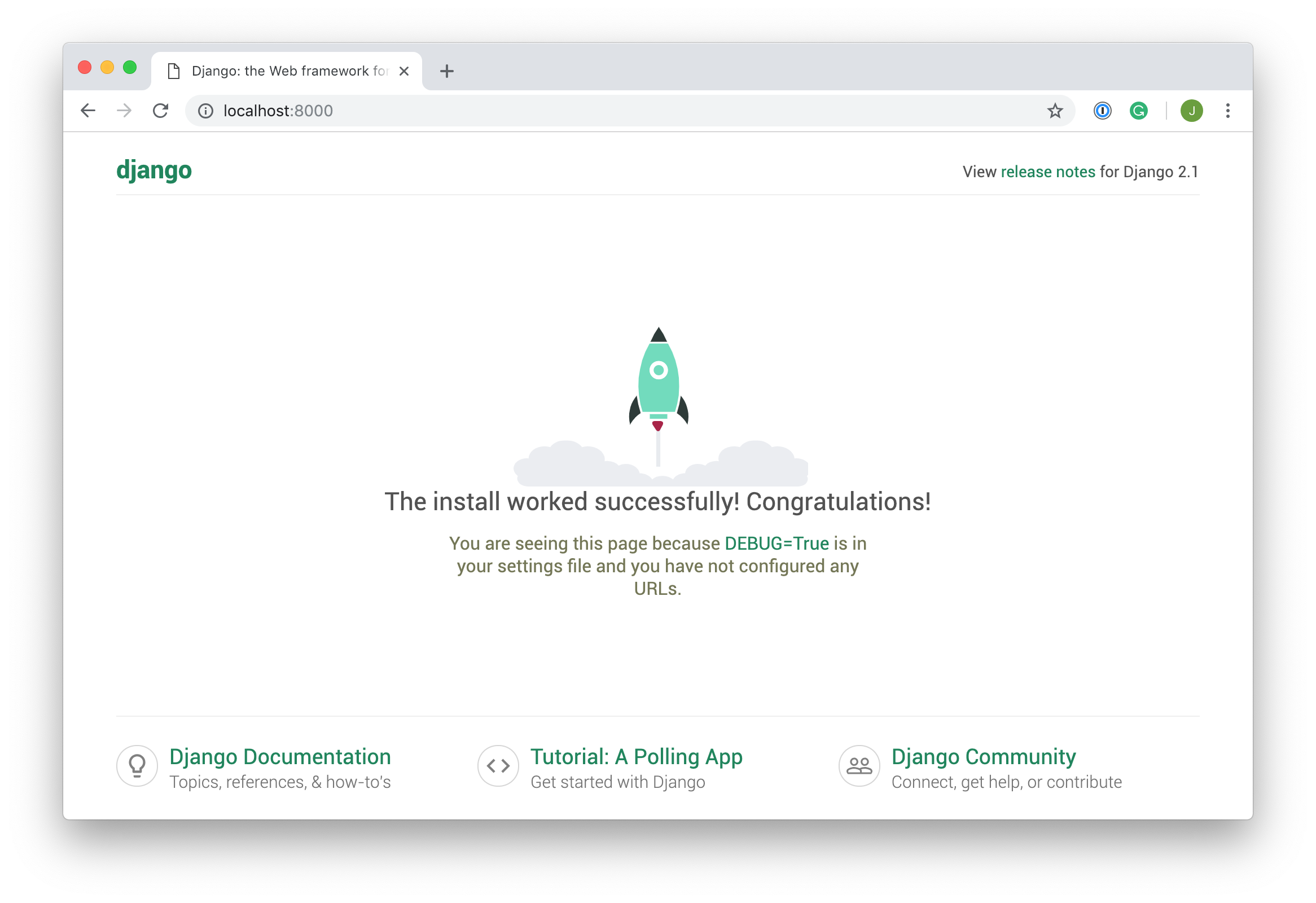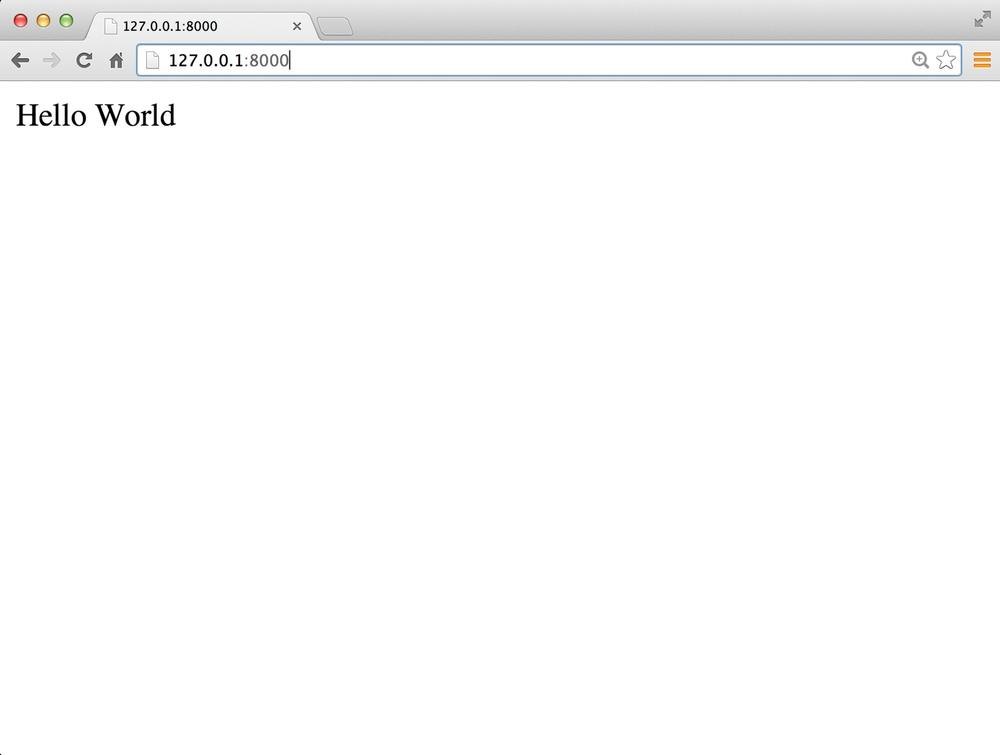C O M P U T E
R N E T W O R K I N G
Protocols :
1.
TCP
– TRANSMISSION CONTROL PROTOCCOL
It will used like a data Will reach a Target at 100%. Do not data loss.
2.
UDP - USER DATAGRAM PROTOCOL
It doesn’t care about 100 % data
reach to a Destination, but it will reach. e.g.
Video ZZConference
3.
HTTP
– HYPER TEXT TRANSFER PROTOCOL
This being used by Web browser,
It will defined a format of web
browser
HOW THE DATA IS
TRANSFERRED IN IP ADDRESS :
If we send any data or large file it will comes
like CHUNKS OR BUNDELS
We’re Getting like Individual Packets
Computers and servers are being known as IP address
Scenario :
If we type Google.com how this will get us ?
Every
thing in Internet has known as IP address Google
has one IP address like Phone log
Name
– number == Website – Ip address
IP ADDRESS – FORMAT
x.x.x.x ----- (0-255). (0-255). (0-255).
(0-255).
curl ifconfig.me –s
This Command shows the IP ADDRESS Of your Internet
provider eg:VI,JIO
These three has
a Local IP address
Device 1 (MOBILE) made a Request Google.com
It will go through Modem/wifi .
After our ISP will Connect to the Internet It will search a Google
server.
Once the Google.com was Get and Response to a ISP
ISP--à To
Modem/router à it
will Give to Which device made a Request using Local IP Address à USING NAT (network address TRANSLATION)
PORT NUMBER :
We have lot of online Application
in our Device’s , Which one is Made a Request
IP Address Is used to find Which Device , But also Port number is important to find Which application made a Request in
the Device .

PORT are Actually a 16 BIT Number
Total Port = 65,000 à 216
Web Based are Reserved -- > 80
port
0-1023 are Reserved Ports
Wires :
Every thing in internet Via connect through wires ,
The wires are actually in OCEAN Check out this link : https://www.submarinecablemap.com/
PHYSICALLY : OPTICAL FIBRE CABLE , COAXIAL CABLE
WIRELESS : WIFI , BLUETHOOTH ,3G ,4G LTE , 5G
LAN MAN WAN :
LAN – LOCAL AREA
NETWORK
SmallHouse / OFFICE à Ethernet,Wifi
MAN – METROPOLITAN
AREA NETWORK
Across a city
WAN – WIDE AREA
NETWORK
Across a Country - Fibre Optical
Cable
1. SONET - Synchronize Optical Network
2. FRAME VALLEY
MODERM / ROUTER
MODERM - That used to Convert Digital Signal into Analog Signal
Eg: You have a Digital data On your
computer (Text/image/) it will Tranfer into Electrical Signal and send it to
another and Convert into Orginal form
Router – It is an Device , Is used to route
a data Packet to a Correct IP Address
Topologies :
BUS :
Every Single computer connected through a Line(INTERNET) if a connection
cut a Computer goes down .
RING:

If a one connection goes down other one also
get out.
If we transfer data from first to six it will
need to pass through all devices .
STAR :
If a Center
HUB get Failure all get Out/down
TREE :
It’s actually a Combination of both BUS and STAR
Expensive –
Wire’s need to much
IF we need
to add a New computer it also make a New wire and make sure that need to
connect all computer
STRUCTURE OF THE NETWORK :
OSI MODELS : - OPEN SYSTEMS INTERCONNECTION (it
used more Conceptually)
7 types of
Layers:
1. Applictaion Layer : It implemented
on software eg: browser,messenger,etc
2. Presention Layer :
(Encription/compression/Translation)
· When Application Layer à PresentationLayer
It convert the data What we give to Application Layer(Software) IT convert
into Machine readable code .
Also It Compress the data, and provide some Encription To that Default
Encryption .
3. Session Layer : (Autherization/Autentication):
Application LayeràPresentation LayeràSession Layer
When a Session Layer is the asking for Login/Crenditials
And which page you go / Not to go
Create a Session for you and the Server At a Time , When everything is
done, it will Terminate both .
4. Transport Layer – (TCP – Connection
Oriented/UDP – Connection less)
When the Data was Transferred into Transport
Layer ,It will be ( Segments ) Each and every segments have A sequence To order the Segments In correct order .
Application LayeràPresentation LayeràSession Layerà Transport Layer
5.
Network Layer – (It assign a IP Address of Sender and Receiver To The Segments
To reach the Destination
In network Layer Router Will Involve , Here we Route Our Data to Other
Network
6. Data Link Layer – (It will talk
directly to a device)
It is responsible for the node-to-node delivery of
data.
ü It get
Packets From Network Layer and Send a Frame into Physical Layer
7. Physical Layer – (Wired / Hardware)
It will send a Message to A Router of your Friend IP address.
TCP/IP MODEL : (it used more Practically)
It’s an Another Model , Like OSI But
Application Layer , Presentation Layer and Session layer are merged into one ,
ü Application Layer
ü Transport Layer
ü Network Layer
ü Data Link Layer
ü Physical Layer
Data Center:
Collection
of Server/Computer in a Place called Data Center.
It have a Static
IP address That do not Change .
It have
good internet/ and High uploadind in speed .
PEER – TO – PEER ARCHIRECTURE (P2P) : Eg: torrent app
Before one
Model is Client and Server model.
But p2p
is More like Many computer are
Connecting together and They act as a SERVER
AND CLIENT
PROTOCOLS :
WEB
PROTOCOLS :
TCP/IP à
1. HTTP – How the data is Transferred In Web
2. DHCP (DYNAMUIC HOST CONTROL
PROTOCOL) – it basically allocate the IP address to the People they connected
to your network
3. FTP (File transfer Protocol) – how
the file are Transferred
4. Smtp (simple mail transfer protocol)
- used to send a mail
5. Pop3 ,imap (INTERNET MESSAGE
RECIVING PROTOCOL ) --- = These are used to Receive Mails
6. SSH (SECURE SHELL) - If we want to Login into Another one’s
computer /terminal it will use
7. VNC (VIRTUAL NETWORK COMPUTER) – It used
for graphical computer.
8. Telnet – it’s a Terminal Emulator.
9. UDP USER DATAGRAM PROTOCOL –
Stateless Communication/ Data will loss
THREADS/PROCESSERS:
Eg –
Whatsapp
If a
Apllication run it will, message, video record ,
Thread is
nothing but run under a Processers.
SOCKETS :
It is like
Interface between a Processer and Internet.
Ports :
Port is about find a Application On
the Device to Send a Message , But in a Browser we have an Number of tabs ,
Epheremal Ports à It’s the one used to find a Correct
Tab , It will Create only Client Side , Once
the job is done it will get Terminated
HTTP:
HTTP uses
TCP protocol
Http is
Stateless , It doesn’t store a Client information On server (Client Status
Doesn’t save)
HTTP à APPLICATION LAYER TCP à Transport Layer
HTTP METHODS :
GET PUT POST DELTE
Mehods : Is
nothing but talking to a server what to do .
ERROR/CODES : HTTP
1XX à INFORMATION
2XX à SUCCESS
3XX à Redirected
4XX àClient
Error
5xx àServer
Error
COOKIES : à IT’S a User value
It is UNIQE
STRING
HTTP IS
Stateless à it
doesn’t maintain OUR passsowrd/rember.
But some
times it will wont ask anything and continue where we left , so that were we COOKIES comes .
I’s a file
Stored our Browser. When we Visit a New
website a Cookie will Set , And next time we go that website it will
automatically header cokkie will send and get the server data.
Third Party Cookies:
Cookies
will set that we doesn’t visit .
HOW THE EMAIL WORKS :
Protocol
used foe EMAIL.
SMTP –
SENDING , POP3 ,IMAP , - RECVING
This is the
Application Layer protocol But
What can we
used for Transport Layer Protocal. (TCP
OR UDP )

DNS (DOMAIN NAME
SYSTEM ):
Domain name service are mapped into Ip ADDRESS
EG:WE type . google.com it convent into google ip address and connected.
This is the Work of DNS .
Instead of Storing a Everything in One database , There are Multiple
database .
1. Root DNS Servers à .IO .COM .ORG (top level domain)
2. Second Level Doamin à student.IO google.com Oragle.org (SLD )
TRANSPORT LAYER/ NETWORK LAYER :
Network :
Data needs
to transfer from one network to another network i.
Transport
:
Data That
shared to network to a Computer application is Transport Layer.
Congestion Layer :
If a Network Bandwidth is Low speed but if u keep Sending Packets that is called congestion .
CHECKSUM: - Is used to check
the Data is Correpted or not
Calulating a Msg by formula data/checksum
Timers :
If we send a Package to Internet to
our friend , Timer got started, And it received the timer will stop.
But , When the packet got Lost Timer will expire and we will known as
Packet got Loss

We will
Resend it But The packet Has already iN Frd device , so There’s Were we use a
Sequence Number, if it’s There on a Device It will Duplicate value .
UDP (USER DATAGRAM PROTOCOL): In this
protocol,
· changed on the way
· Our data May or may not be delived
· Data Cannot be Sequence order .
It is
Connection Less – Protocol :
UDP Packet :
Source port
no : 2bytes
Destination Port no :2 bytes These are all in Packets. And these are Headers
Length of
datagram: 2 bytes
Checksum :
2 bytes
UDP is More
faster …
Eg : Video Conference
apps
DNS also
uses à UDP
Game apps
uses UDP .
TCP – TRANSMISSION CONTROL PROTOCOL :
Transport
Layer Protocol - = - TCP (Something Like that TLP)
Application
layer – Sends Lots of raw data
TCP –
Segment this data/ Divide in Chunks / Add headers / Checksums /
· It may also collect data from
Network Layer .
· Congestion Control .
It take
Care 2 Things
1. Data Not arraived
2. Maintained order of data
EG : (TCP)
-- EMAIL,HTTP , WEB BROWSER,ETC…
Features :
It is
Connection Oriented
First connection need to establish
After That we need to send data.
Error
control
Congestion
Control
Full duplex
– Computer A and B send a file Simultonelsly .
3-way Hand shake :
















